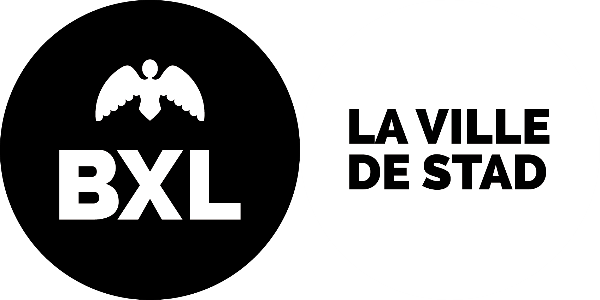Extension to the north
The Willebroeck Canal, which cut through the city, was inaugurated in 1561. It has always been a very important waterway for trade. The canal entered Brussels in Molenbeek and exited the city through the municipality of Laeken.
A walk along the Allée verte (the Green alley) was one of the main attractions of this part of Brussels. It was a place of leisure and served as entertainment for the inhabitants of Brussels on Sundays. In the middle of the nineteenth century, the Allée verte became less popular and was dethroned by Avenue Louise
Laeken is a significant part of the city in another respect. Since the eighteenth century, the Schoonenberg Castle has been the residence of the governors of our regions. In 1830, it became the private residence of the monarchy, which enhanced the image of the municipality of Laeken. As a result, the Brussels bourgeoisie had second homes called “plaisances” built along the canal.
At the end of the nineteenth century, the canal has begun to demonstrate its limits in the face of the economic and industrial development of Brussels. In 1897, in order to develop the banks of the canal, the City of Brussels acquired land in Laeken and Molenbeek-Saint-Jean, covering 113 ha.
The Tour et Taxis site was built on this site between 1902 and 1907.
The project of annexing the municipalities of Laeken, Haren and Neder-over-Heembeek had already been considered before the First World War as part of a much more ambitious project to connect other municipalities. However, the war put a halt to this plan and only the annexation of the three municipalities north of Brussels was achieved.
This annexation had been brought about by the extension of the Willebroeck Canal and the establishment of a seaport north of Brussels. The increase in river traffic, the size of the boats, a wave of industrialisation and a railway bridge prevented boats from gaining access to the city centre.
This integration was the most significant extension of Brussels, leading to an increase in size of 2,255 ha.
It proved successful for the development of the three municipalities, with the urbanisation and the maintenance of green spaces considered an appreciable benefit. Laeken was the melting pot of international events such as the two Universal Exhibitions of 1935 and 1958.
The Royal Sport Nautique Club was established on the Allée Verte in its own premises in 1895.
The regatta competitions continued during the port expansion works. These events were a flagship attraction and organised by the nautical club; they still take place to this day.
At the time of the annexation, the municipalities of Haren and Neder-over-Heembeek were completely rural. Their location on either side of the canal was key to their appeal. These two areas supplied the capital with fresh produce. From 1921, they witnessed rapid urbanisation and yet managed to retain their natural environment.
In 1925, the capital grew further following the acquisition of two additional plots of land, which included the site of the Brugmann Hospital (25 ha) and another small plot of 16 ha.
Since its independence in 1830, the city grew from 400 ha to nearly 3,300 ha in 1925, including 748 ha of developed land and 2,524 ha of undeveloped land. The city had become eight times larger in terms of surface area. Currently, the City of Brussels covers an area of approximately 33 km² divided into six areas: Pentagone, Laeken, Haren, Neder-over-Heembeek, the south axis Louise-Roosevelt and the European district - Léopold-Schumann-squares
